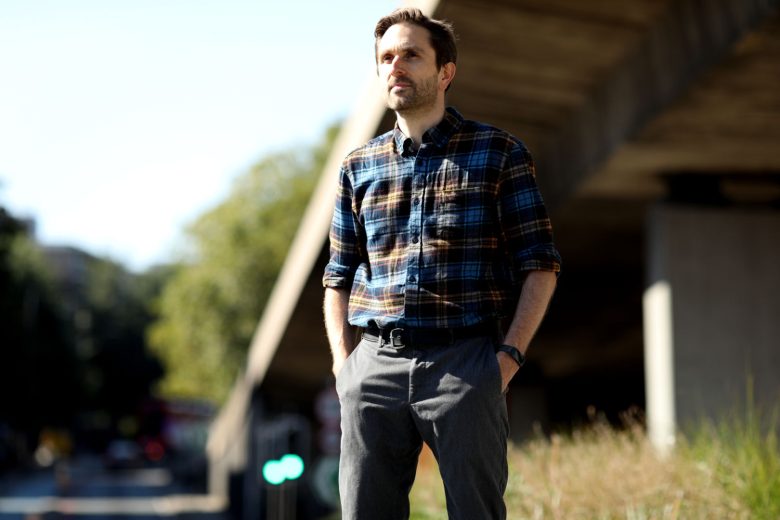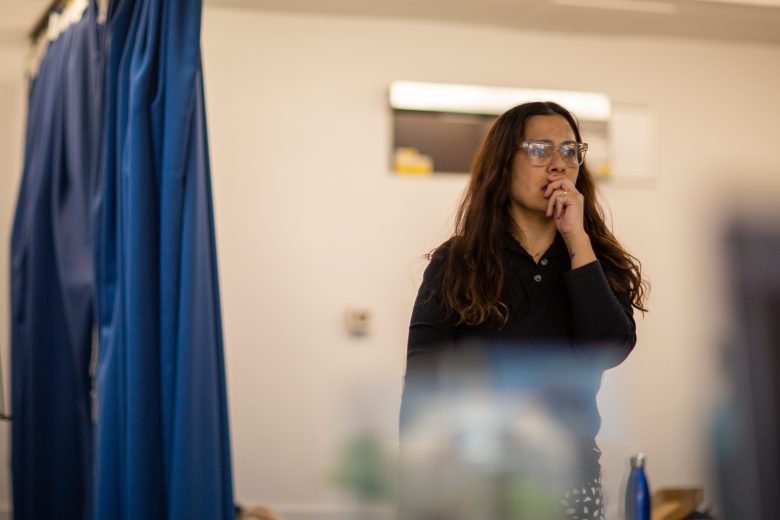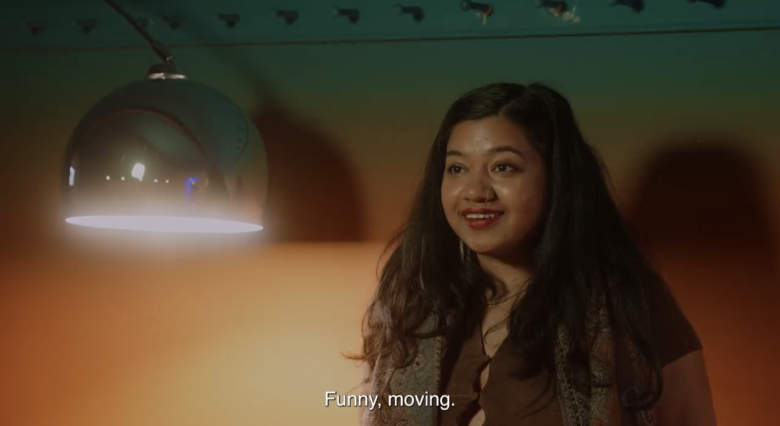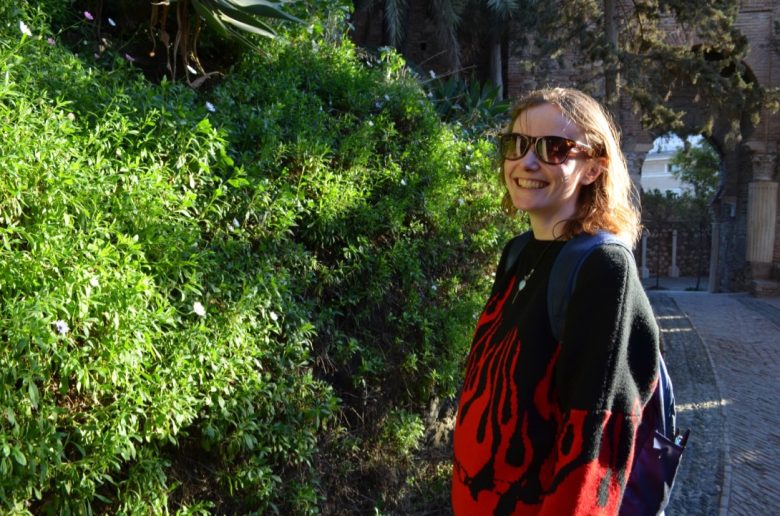This month’s spotlight is on DYSBIOSIS designer-director and director of Daedalus Theatre Company Paul Burgess, who conceived the project back in 2020 before recruiting a team of creative practitioners last year to delve deeper into social constructions of Nature using a queer and interdisciplinary lens.
Tell us about yourself and your creative practice.
I’m a set and costume designer by training and self-taught in video and interactive digital, which I use in both performance and visual art contexts. I teach on the side, mainly English as a second language, at my partner’s tutorial school, Angkriz, though I’ve also taught on theatre and theatre design courses at various universities. Both feed my creative practice by challenging me in different ways. I also have various voluntary roles, mainly in the area of sustainability. These also feed into my creative work, and include being the coordinator of the Society of British Theatre Designers’s working group on sustainability and a co-director of Ecostage. I’m also on the Environmental Responsibility Subcommittee at Queens Theatre, Hornchurch, where we’re working on DYSBIOSIS. For fun, I play the violin, most often with The Black Smock Band, which connects with the music and storytelling we do as part of our EAST project. It all adds up to one interconnected creative practice.
What does ‘dysbiosis’ mean to you?
I suggested this as a working title for the project, and it seems to have stuck, so I suppose I need to explain myself!
It came initially from I Contain Multitudes: The Microbes Within Us and a Grander View of Life by Ed Yong. Having defined dysbiosis as ‘breakdowns in communication between different species – host and symbiont – that live together, ‘ Yong goes on to say:
Our planet has entered the Anthropocene – a new geological epoch when humanity’s influence is causing global climate change, the loss of wild species, and a drastic decline in the richness of life. Microbes are not exempt. On coral reefs or in human guts, we are disrupting the relationships between microbes and their hosts, often pulling apart species that have been together for millions of years.
I had already been thinking about the way we use Nature to talk about society, often in ways that are divorced from the reality of the natural world, such as the notion of the body politic, or economic competitiveness being described as Darwinian, or the absurd claim that LGBTQ+ people are unnatural. But what if the metaphorical body politic is suffering from metaphorical dysbiosis?





